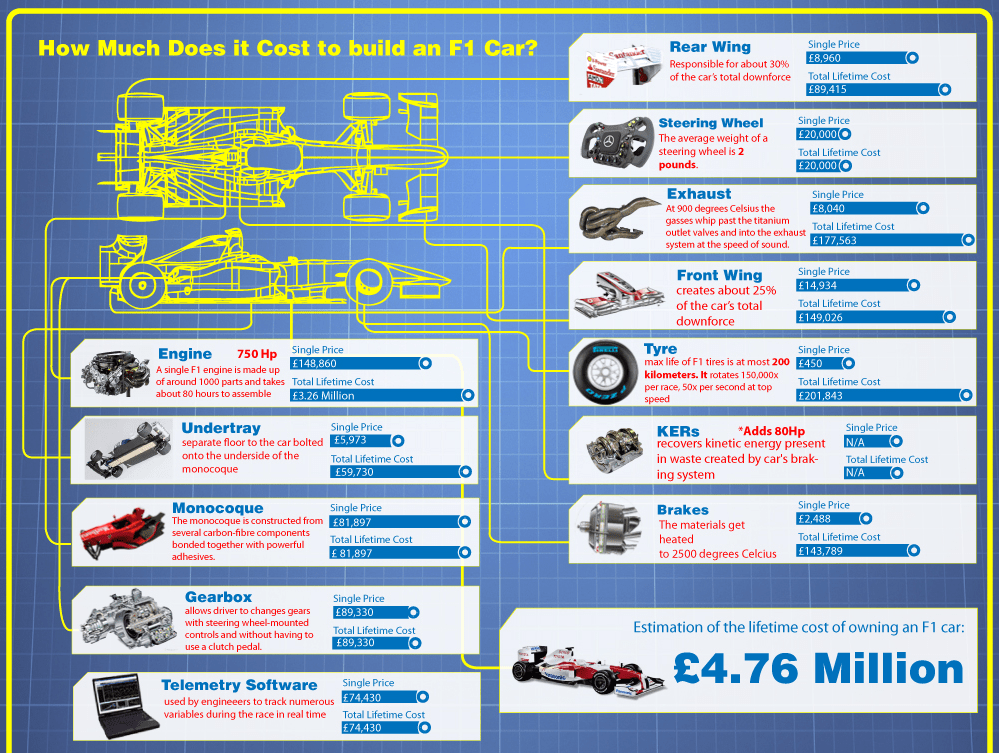Gautam Sarnaik
Published Jan 1, 2018
+ Follow
First of all, wish a very Happy New Year and a wonderful 2018 to all my friends out here. (Which pretty much includes everybody as I believe "There are no strangers in this world - just friends, waiting to be introduced" - but that's another story).
Well, last night turned out to be a pretty fun night as all New Year eves turn out to be.
Quiet little dinner party in Doha, Qatar, with close friends and families. Lots of kids around. One little seven year old comes to me asks a riddle "Uncle ..." (that's another story about the lovely Indian way of life - every man with a moustache is an "uncle") ... "Uncle, how many tyres does a Car have?" So obviously my hesitantly given answer of "4?" was wrong - he gleefully said "5!". Umm? I said "Maybe you are thinking of the steering as a wheel?" "No Uncle" He chimed "Dont you know there is a wheel behind every car"? having a pretty laugh.
After we all had a hearty laugh and acknowledged how smart modern kids are as compared to dumb old "uncles", my friend who was listening to this conversation spoke up. He knew that I worked a bit (dabbled around) with 'Business Continuity' and 'Resilience' and 'Disaster Recovery'. "I thought you would have got that one easily". But I didn't. Therein lies the tale.
In fact, we all know about the fifth tyre - the stepney in a car.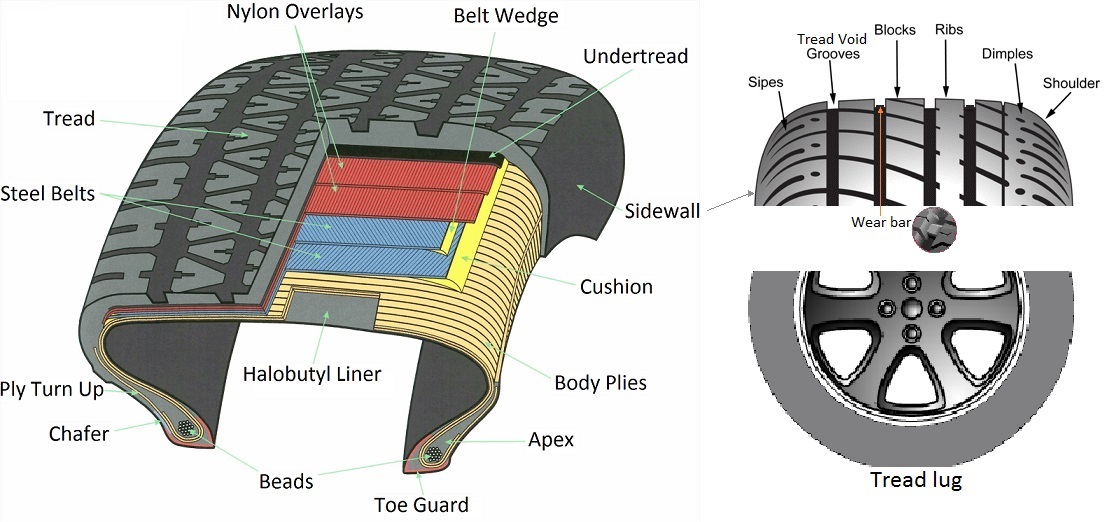 But how many of us really think about it? When we buy a new car, by default the stepney comes along with it (not charged as a "optional extra") and sometimes the dealer shows you the shiny new "jack" to help you replace the tyre when needed. We all know - but how often do we think about it? (yeah, I know we need to test it more often - and our skills to change a tyre more often, but that's not the point
). The point is the poor stepney has become such a common feature in cars that we hardly notice it any more. But it is helpful when needed.
But how many of us really think about it? When we buy a new car, by default the stepney comes along with it (not charged as a "optional extra") and sometimes the dealer shows you the shiny new "jack" to help you replace the tyre when needed. We all know - but how often do we think about it? (yeah, I know we need to test it more often - and our skills to change a tyre more often, but that's not the point
). The point is the poor stepney has become such a common feature in cars that we hardly notice it any more. But it is helpful when needed.
Isn't that what we want from our Information Security and Business Continuity programs (in fact most Management System capabilities) when we want them to be embedded into the culture of the organization? That people should turn to them as a "second nature" rather than keep thinking of them as "additional work" or "extra activities" to make someone up there happy?
Well, thanks to the 7 year old for a wonderful practical lesson.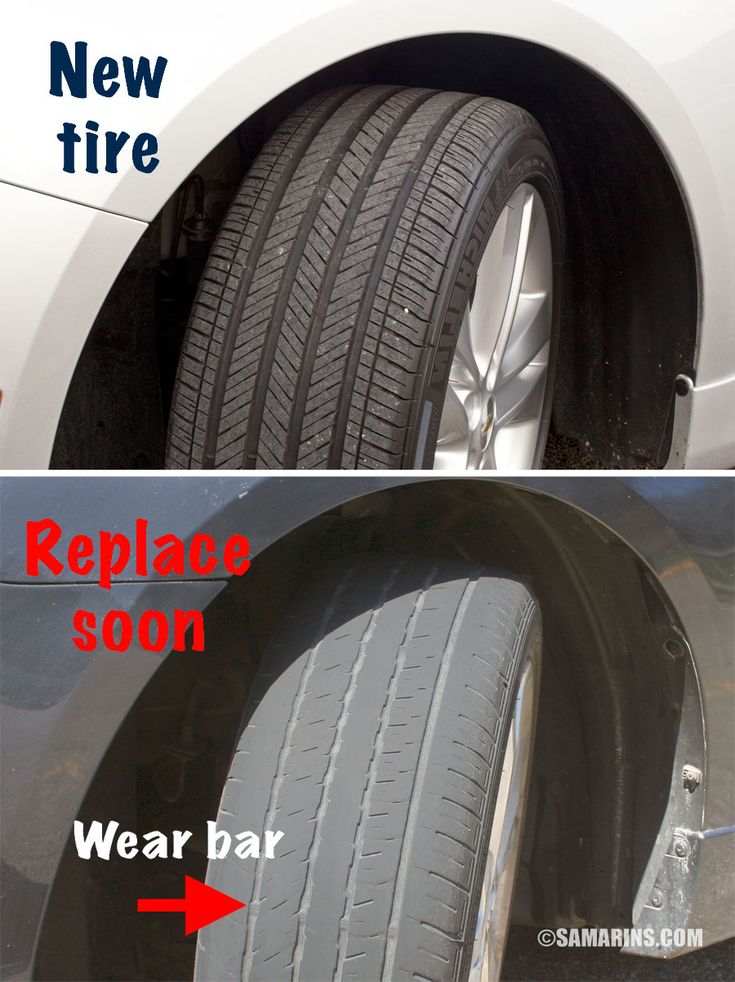 A great way to end the year and embark on the new one. Once more, a Happy New Year to everyone from the Aaroh Team and if you are in Doha (or passing by ...), drop a line and we can surely share more stories over a cup of coffee ...
A great way to end the year and embark on the new one. Once more, a Happy New Year to everyone from the Aaroh Team and if you are in Doha (or passing by ...), drop a line and we can surely share more stories over a cup of coffee ...
PPMC-Transport is supported by its audience.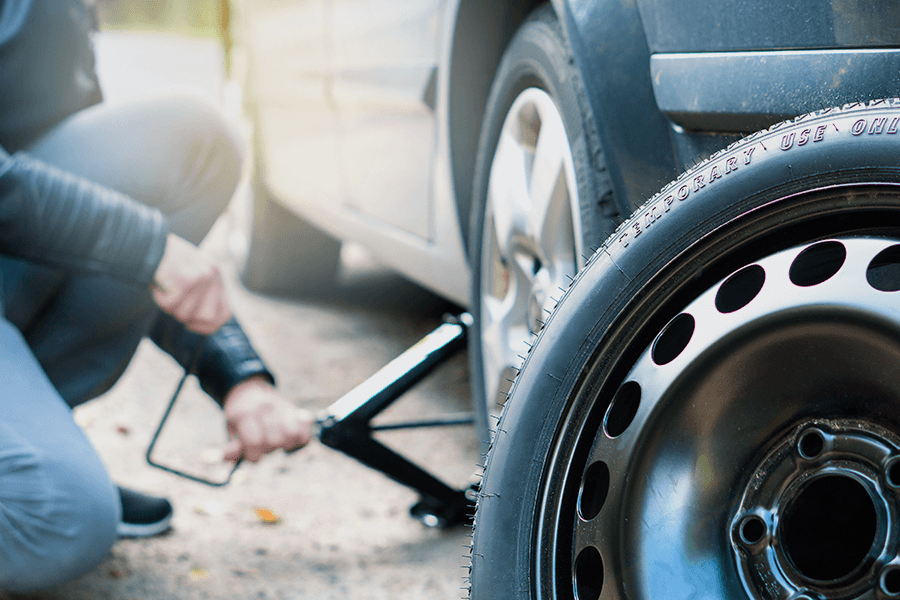 When you buy through our links, we may earn an affiliate commission. Learn more
When you buy through our links, we may earn an affiliate commission. Learn more
Written by Steven Schiller
Fact checked by Henry Speciale
Do you wonder, how many wheels are there in the world?
The Automotive Industry has been booming each year with a significant increase in vehicle production, causing relevant parts such as wheels to be in the estimated number of 37 billion worldwide.
Several factors are considered to identify how many wheels are there worldwide, including the total number of vehicles, type of vehicle, and the number of wheels per vehicle.
Table of Contents
The estimated number of 37 billion wheels shows how this item was widely used and important in each person’s life.
Yes, it’s hard to identify the exact number of wheels in the world. However, we will discuss in detail how 37 billion was calculated based on the number of vehicles sold and the wheels on them.
The total number of cars right now is roughly around 1.446 billion, and we can base the calculation on this number by multiplying it by the car’s number of wheels. Ideally, we could multiply this by 4, but cars have more than four wheels.
Yes, we should include the steering wheel in front of the driver’s seat and the wheels that run the car’s transmission.
Therefore, for an average of 6 wheels to be multiplied by 1.446 billion cars, there might just be approximately 8.7 billion wheels are on earth for car vehicles
Bicycles and motorcycles contribute around 2 billion wheels to the world. If we don’t include the gears, then we will multiply the total number of bicycles today, which is around 1 billion, and their 2 wheels.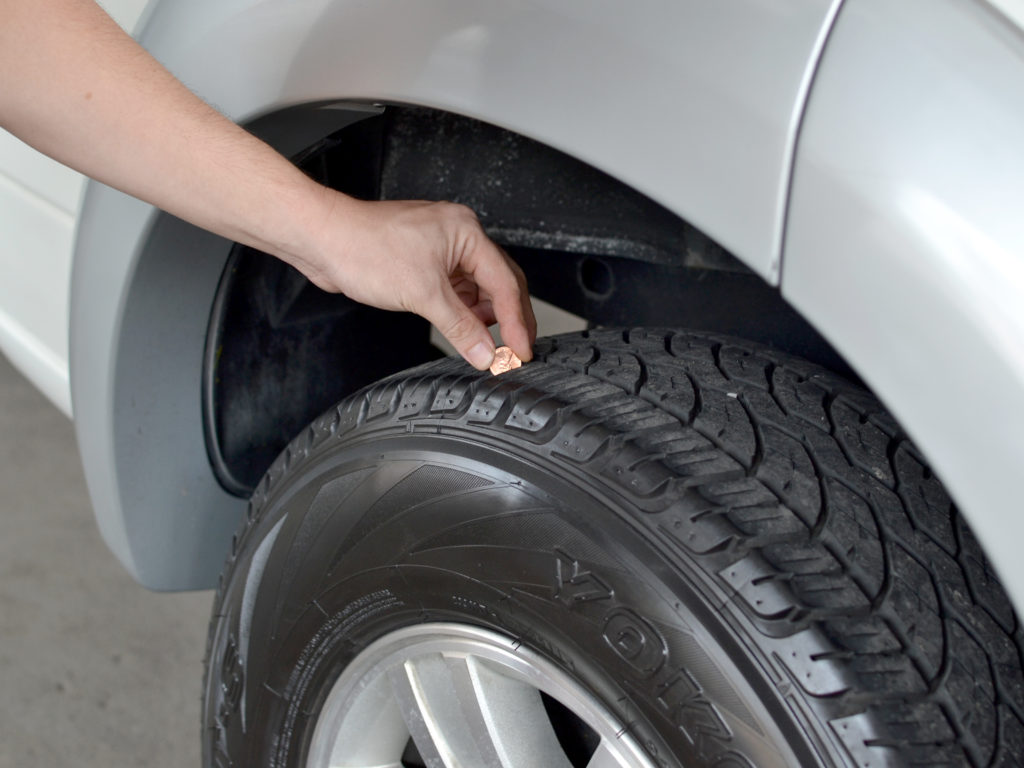
Another factor to consider is the number of wheels on the toys that have wheels. All over the children’s section, you could find toy cars, toddler’s carts, and lego wheels which only concludes that there are billions of wheels in the toy industry.
24 billion toy wheels exist in the world because of 6 billion sales of toy wheels multiplied by 4.
So far, we’ve got a surprising number of wheels all around the world and we haven’t counted the statistics of other vehicles yet. We have 10 wheeler trucks, a 6-wheeler truck, Pick Up, Food carts, Van, and other vehicles.
We could also include chairs that have caster wheels, wheelbarrows, a grocery cart, and a lot more that are useful in everyday life.
Thus, the vehicles above would conclude with 37 billion as the estimated amount of wheels in the world.
Comparatively, the largest manufacturer of wheels on earth is no other than the toy company Lego.
This company has been a constant winner in the Guinness book of world records as the company that produces the highest number of wheels worldwide.
The second largest manufacturer of wheels but first on regular wheels are Michelin. The company is based in France, and it distributes 200 million tires per year all around the world. It is then followed by Bridgestone in Japan, Continental in Germany, and Goodyear in the United States.
Now you may want to read the reasons why Michelin tires are so expensive. Also the comparison between Michelin vs Bridgestone vs Goodyear here.
It may just be a question that you have out of the blue, or you are researching how many wheels we have in total. Still, this question started when people got curious on Twitter about whether we have more doors or more cars all around the world.
The discussion started with a poll, “Door vs Wheels,” posted by Ryan Nixon as he and his friends got curious.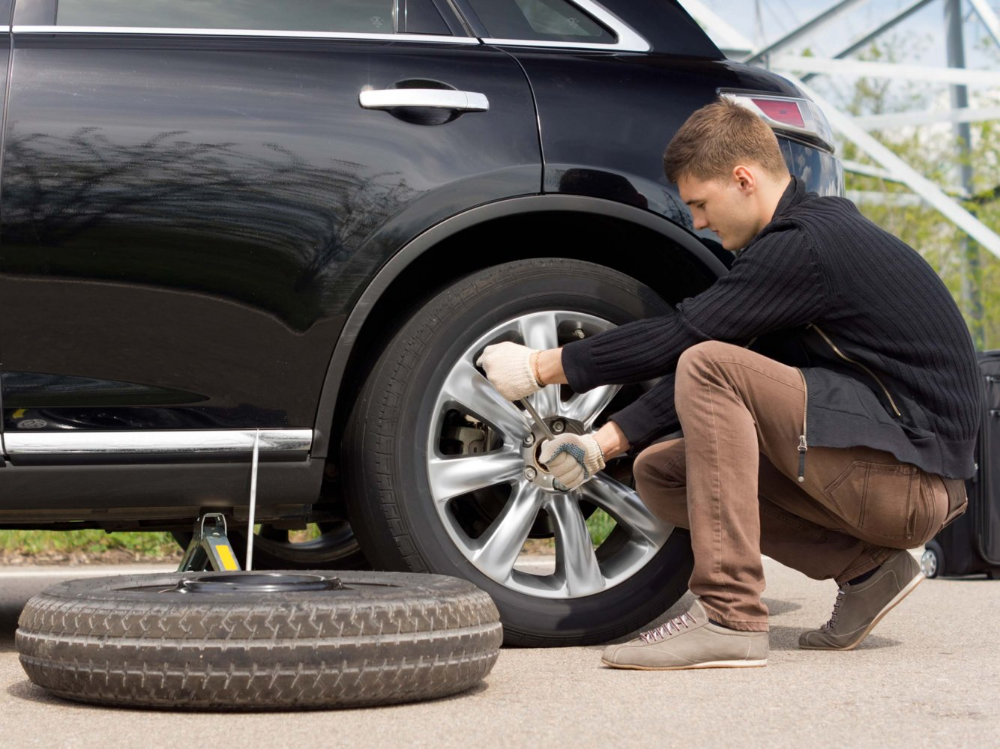 Afterward, the discussion became popular as more people engaged and offered their own opinion on social media.
Afterward, the discussion became popular as more people engaged and offered their own opinion on social media.
Wheels are an essential part of any vehicle because, without this, any vehicle will not move from point A to B. There should be strict maintenance for the wheels as it will be costly and unsafe if not monitored and handled correctly during the ride.
To the question “how many wheels are there in the world?”, it is estimated to be 37 million in total. Although, the number is just an estimation and not exact. We can still conclude that wheels are one of the industries that play a crucial part in our lives, whether we are adults or children.
Categories FAQsI'm Henry, the content writer for PPMC Transport.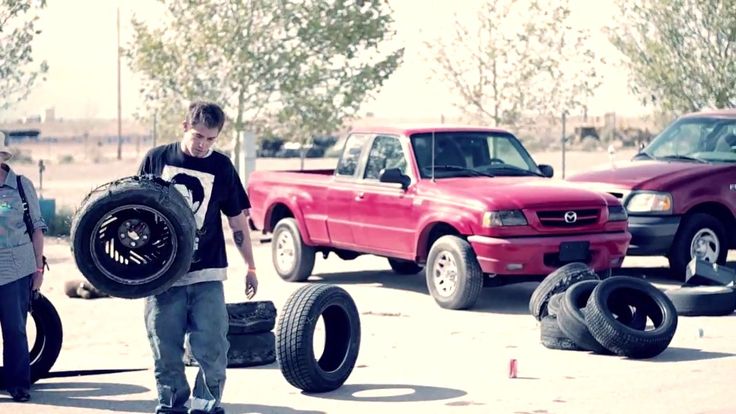 We build our site entirely on experience and extensive market and customer research. My goal is to create a trusted platform where people can go to determine what is best for their vehicles in terms of safety and convenience. Keep an eye out for our useful guide!
We build our site entirely on experience and extensive market and customer research. My goal is to create a trusted platform where people can go to determine what is best for their vehicles in terms of safety and convenience. Keep an eye out for our useful guide!
- Speciale Henry
Very often one hears phrases like: “What wheel radius do you have, fifteenth?” Or “I have a radius of 16, but I’ll put the seventeenth for the winter so that the car is taller” ... Such words can be heard both from the lips of people who are far from cars, and from “as it were professionals”, such as tire workers or sales managers in a car dealership .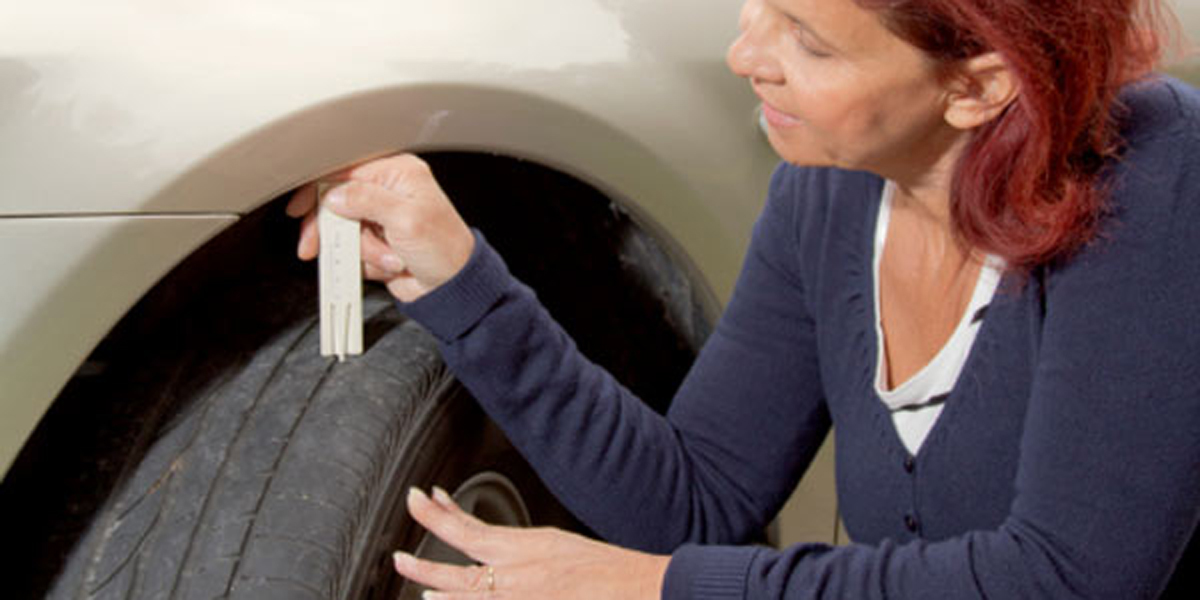
Some things sound boring and hard to remember, but you need to know them. Especially for car enthusiasts. Especially those who consider themselves experts and have their own opinion on any occasion. The devil is in the details, and this article is about one such detail.
A lot of people don't even understand what I'm getting at. “Well, radius, so what? I have wheels 195-65R15, radius 15, everything is written, what are you trying to be smart about ?! Here's what I'm thinking. R15 has nothing to do with radius. Neither R nor 15.
Now on the Internet you can find a lot of information, only such trifles as the marking of car tires are not among the most popular. We better discuss engine power or the number of "buns" in the cabin, right? And we will leave the choice of wheels to the manager in the store. Or ask a friend. He definitely knows! He already has a third car!
Or ask a friend. He definitely knows! He already has a third car!
In fact, it won’t hurt to understand these boring numbers even just for general development. Moreover, this will help save money and influence the behavior of the car, but more on that later. So far - pure educational program, so that later you can understand each other well.
So, 195/65R15. Classic case. Squat down next to your car. The first number is the width of the running part of the tire, roughly speaking, the width of the tread. Expressed in millimeters. That is 195 mm. is the width of your wheel. With the understanding of this number, most of the problems are not.
Through a fraction, 65 is the value of the profile. Expressed as a percentage of the width. Not in millimeters! The profile is the part of the tire that sticks out above the rim. Sidewall. That is, the height of this sidewall will be 195x65% = 125.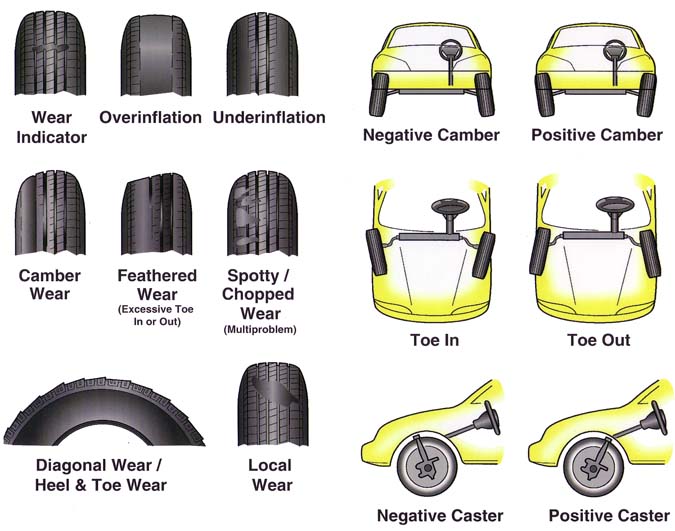 75 mm. Not 65mm. And not something else. Moreover, it clearly follows from this scheme that the height of 65% with a width of 195 will be one, and if the tire is marked (conditionally) 225/65R15, it will be completely different! 225x65% = 146.25 mm. Although the numbers 65 are the same!
75 mm. Not 65mm. And not something else. Moreover, it clearly follows from this scheme that the height of 65% with a width of 195 will be one, and if the tire is marked (conditionally) 225/65R15, it will be completely different! 225x65% = 146.25 mm. Although the numbers 65 are the same!
R stands for the radial construction of the tire, or rather, the way the metal cord is laid inside it. The tire design used to be bias-ply, but that was a long time ago. Now you almost never see “diagonal” tires, they are all completely radial, and the letter R will not tell anyone anything new, it will only cause disputes about the notorious radius ...
And finally, the number 15. This is the diameter. The diameter of the landing part of the tire, the inner diameter, the part that is in contact with the disc. Expressed in inches. 1 inch \u003d 2.54 cm. That is, 15x2.54 \u003d 38.1 cm This is also the outer diameter of the disk, if someone has not guessed . ..
..
And then the fun begins. We can play with these numbers if we want to put other tires (rims) on the car. Ideally, the main thing is that the overall diameter does not differ, or differs slightly. Example.
The wheel 195 / 65R15 has the following overall diameter: 38.1 cm - inside, plus 125.75 mm x2 \u003d 251.5 mm (there is a profile both above and below). Converting to centimeters for simplicity, we get 38.1 cm + 25.15 cm = 63.25 cm. That's how! This is the total wheel diameter.
Now, if you want to put other wheels on, the owner of the car must understand the following: automakers understand this figure in the same way as we do. Given the diameter of the wheel, the suspension, brake system and body are designed. Therefore, for the same car model (for example, for the Volkswagen Polo sedan), three wheel sizes are officially allowed. The simplest version is content with 175/70R14 (overall diameter 60.06 cm), 185/60R15 (60.3 cm) and 195/55R15 (59.55 cm).
The simplest version is content with 175/70R14 (overall diameter 60.06 cm), 185/60R15 (60.3 cm) and 195/55R15 (59.55 cm).
It turns out that the “wheel by 14” is MORE, albeit slightly, than the wheel by 15 in the case of 195/55. This is to the question raised above, about how to put more wheels for the winter ... You need to carefully calculate everything. Will a larger diameter number also mean a larger wheel size overall? Not always.
By increasing the size of the disk, we must reduce the height of the profile, otherwise the wheel will simply start to cling to the arch, not to mention such more fundamental qualities as handling. Of course, the margin often remains and it happens that by “playing” with the tire width and profile height, you can really get a couple of millimeters of clearance without sacrificing anything else.
A simple calculation will show that within the same diameter - 14 - 175-70 and 185-65 and 205-60 are applicable, if there is a desire and an opportunity to put wider tires . .. A car on wheels with a lower profile height will be controlled sharper and more accurately, but will inevitably suffer smooth running. And the safety of the discs may be in question, especially when they fall into a deep hole with sharp edges. A low profile will simply not be able to "absorb" the impact energy and it will go further - into the disk. Always keep this in mind when buying wheels and don't forget the simple truths.
.. A car on wheels with a lower profile height will be controlled sharper and more accurately, but will inevitably suffer smooth running. And the safety of the discs may be in question, especially when they fall into a deep hole with sharp edges. A low profile will simply not be able to "absorb" the impact energy and it will go further - into the disk. Always keep this in mind when buying wheels and don't forget the simple truths.
This article was written as part of the 2015 Authors Competition.
Read the best works here.
Authors competition practice
Articles / Gadgets Monitor and warn: rating of modern video recorders with a radar detector The DVR is now considered by many to be one of the most necessary things in a car: you can forget about a first aid kit or a fire extinguisher, but not about the registrar.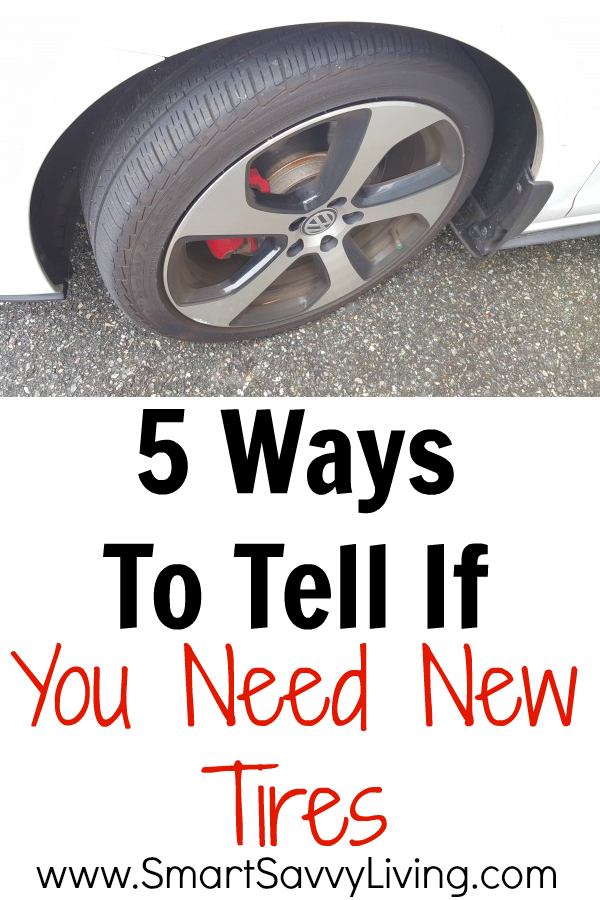 Of course, forget about the first aid kit and all that... 612 2 four 29.11.2022
Of course, forget about the first aid kit and all that... 612 2 four 29.11.2022
Articles / Popular questions What is an electronic PTS, why is it needed and how does it work Electronic PTS in the EAEU countries were approved back in 2015, actually appeared in Russia in 2018, and from November 1, 2020, all new PTS began to be issued only in electronic form. One... 378 one one 11/28/2022
Articles / Used cars 5 reasons to buy and not to buy Volkswagen Passat CC "King of the track, but in the city he tears everyone"; "does not go at all"; "model of reliability"; “is pouring, without waiting for 100 thousand”; “great interior, quality materials”; “the interior is miserable, like in Polo”; ". .. 1121 13 0 11/27/2022
.. 1121 13 0 11/27/2022
Test drives / Test drive Haval Dargo vs Mitsubishi Outlander: the dog is barking, the stranger is coming In the Haval dealership in the south of Moscow, life is in full swing: buyers look at cars, communicate with managers and sign some papers. While I was waiting for the test Dargo, the same cross... 17711 7 205 13.09.2022
Test drives / Test drive Motor from Mercedes, emblem from Renault, assembly from Dacia: test drive of the European Logan 1.0 It would seem that what's new can be told about the second generation Renault Logan, known to every Russian taxi driver, as they say, up and down? However, this car has. .. 14261 ten 41 08/13/2022
.. 14261 ten 41 08/13/2022
Test drives / Test drive Geely Coolray vs Haval Jolion: Free Cheese? If! Do you want to buy a car today with a full warranty, on credit at an adequate rate, without wild dealer markups? Now this is still a task, because a full-fledged chain of "representation - s... 11431 26 thirty 08/10/2022
Consumer disputes over the age of tires have not subsided for several seasons. Buyers are excited that the warranty period for tires is limited to 5-6 years according to GOST, and after the expiration of this period, the rubber becomes unusable.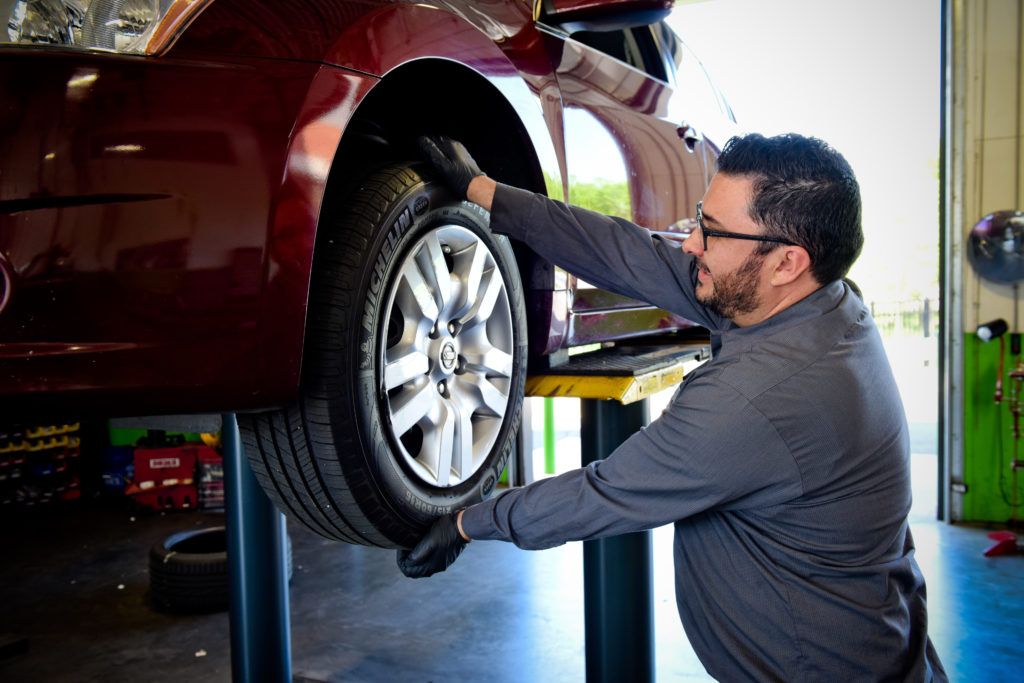
Is this really the case, read this article.
Manufacturers of most brands on their products set Shelf life is 5 years and service life is also 5 years .
The shelf life of a tire is the period during which it retains its performance when properly stored.
The end of this period does not mean that the tires have become unusable . A shelf life of 5 years is given by manufacturers because, by law, they cannot set a shelf life higher than the service life. Tires over 5 years of storage cannot be called damaged or defective, their technical characteristics may be slightly reduced. American researchers argue that the period of storage of "shoes" must be at least 10 years. Experts from Germany are sure that it cannot exceed 6 years.
The expiration date of tires is the warranty period during which the manufacturer is responsible for the quality and condition of the tire if it was used for its intended purpose without violating the operating rules.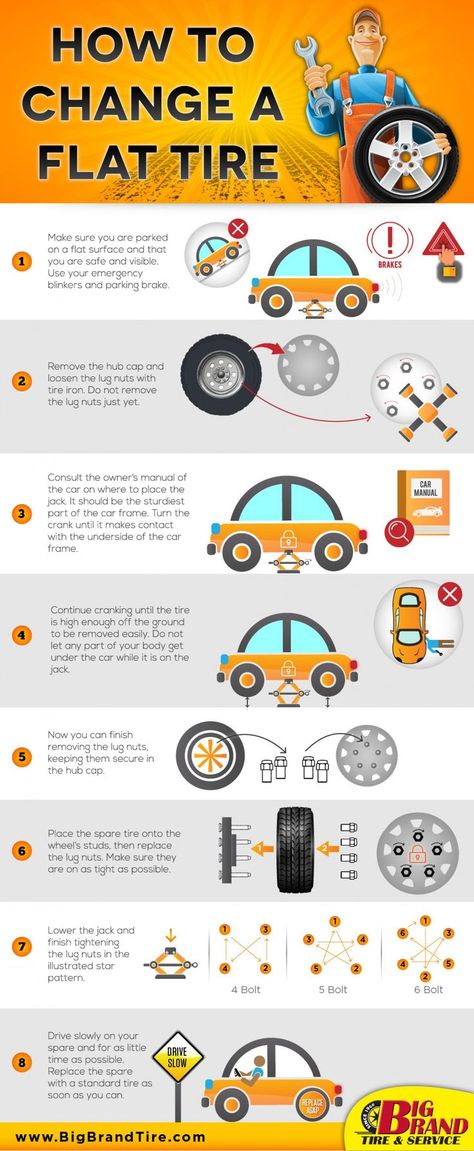
According to Russian legislation (GOST 5513, GOST 4754-97) , the service life of tires is 5 years from the date of manufacture.
How can I find out the date of manufacture of tires?
You can find out the age of tires by a special DOT code. Tires manufactured after 2000 in the DOT code contain two pairs of numbers, where the first pair indicates the week number of the year, and the second pair indicates the year. Earlier tires before 2000 have 3 numbers in their composition, where the first two digits are the week number, and the last one is the year (see the transcript in the photo).
Determination of the average shelf life of a tire according to GOST and operating conditions.
- The symbol ZR denotes tires for high-speed cars. They are recommended to be used at speeds over 240 km/h. up to 6 years
- Tires with the H symbol are used at a maximum speed of 210 km/h. within 5 years.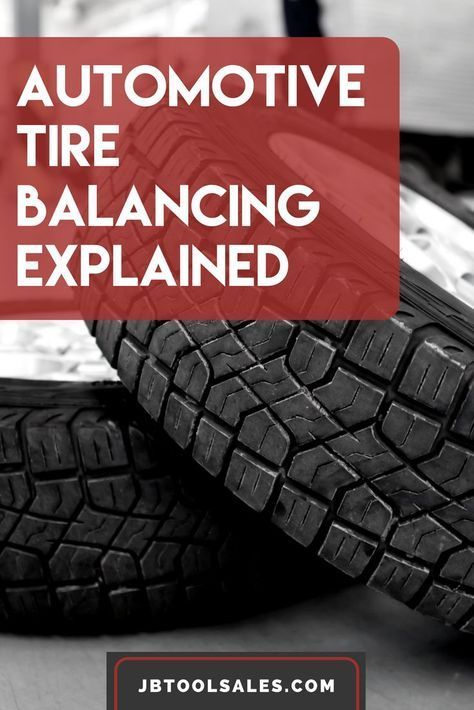
- The sign S symbolizes the maximum permissible speed of 180 km/h. and operational period of 4-5 years.
Most tire manufacturers do not agree that tire life is limited to 5 years. Each company has its own opinion on this matter. We analyzed several of them and the information they posted on their official websites.
Michelin
The French tire manufacturer Michelin has become famous for its active fight against the perception of the rapid aging of tires as a perishable product. Her information campaign "Tires Are Not Bananas" created a lot of noise in the automotive environment. According to the representative office, several test trials were carried out in Saudi Arabia, South Korea and Germany. As a result of testing, no difference was found between new tires and tires stored for 3 years. They were tested for various characteristics such as rolling resistance, high speed durability, etc. Tires with a year life were approximately equal in performance to 10-year unused tyres.
Tires with a year life were approximately equal in performance to 10-year unused tyres.
Michelin focuses the attention of car owners on the fact that tires are not a perishable product, their shelf life is not as important as the service life is important, starting from the date the tires are installed on the rims. It is from this moment that the tire is subjected to all tests: pressure, temperature changes, wear, contact with uneven and sharp coatings, etc.
Continental
On the Russian official website of Continental, we found the following information on the expiration dates of tires.
“When a tire is stored in the correct position and under the recommended conditions, it will not lose its original balanced performance for 5 years from the date of manufacture of the tire.
A properly maintained, unused tire less than 5 years old can be sold as a new tire and used normally.
Continental recommends replacing all tires (including spares) with a sidewall date greater than 10 years.
Nokian
The following information is posted on the Nokian official website:
“Tire life is not defined by law, but tires can only be considered “new” if they have been manufactured within the last five years. The recommended service life of tires is six years and the recommended maximum period is 10 years.
The opinion of our specialists, based on many years of experience, coincides with the opinion of manufacturers: the shelf life is 5 years + the service life is up to 10 years. Moreover, more "adult" tires, in our opinion, are of better quality.
To keep tires as long as possible, they are stored in compliance with all rules and recommendations. The main condition is a cool, ventilated, darkened room away from oils, paints, ozone, and heat sources.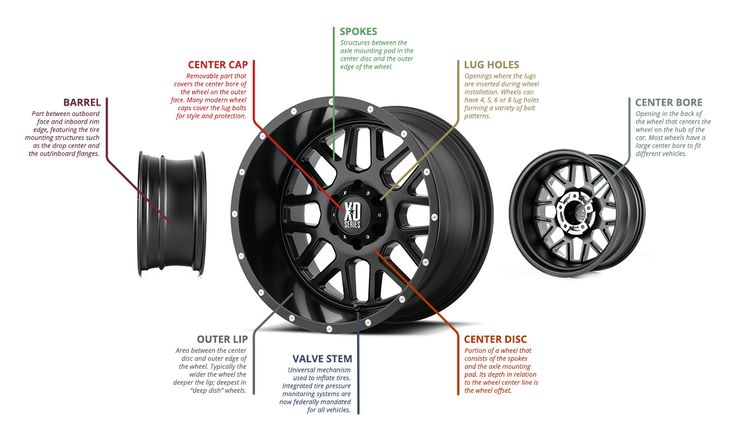
Rubber products tend to lose their performance over the years. To prevent and slow down this process, manufacturers add polymers to the rubber compound. They prevent oxidative processes that occur due to the interaction of protectors with oxygen and ozone.
The following are the main conditions for the proper storage of tires in accordance with GOST 24779-81:
Maintaining a constant regime without sudden jumps, slight temperature fluctuations from -30°С to +35°С are allowed;
Provide a low humidity level of 50-80% in a dry, ventilated cool room;
Avoid direct sunlight, use darkened hangars, shield heat sources;
Keep away from sources of heat;
Tires should not come into contact with corrosive, copper materials.
Avoid kinking, loading or positioning on an uneven surface.
Avoid contact with oils, organic solvents, acids, alkalis, fuels and lubricants on the tire surface. It is forbidden to lay tires on a wet and dirty surface.
It is forbidden to lay tires on a wet and dirty surface.
In the warm season, when storing tires outside, they should be covered with light-tight material and raised above ground level to ensure ventilation and prevent the occurrence of the greenhouse effect.
Storage on reflective, light and heat absorbing surfaces is prohibited.
Keep away from chemicals, oils, paints, open flames, electric motors that produce ozone.
Used tires must be washed and dried.
Tires without rims should be stored upright.
The service life depends on many factors: the load on the car, the quality of the roads, the driving style, the distance traveled, tire damage, etc. To increase their service life, follow these rules:
Check tire pressure every 2-3 weeks. With reduced pressure, tire wear increases by the equivalent of a % reduction. For example, a 15% reduction in pressure can result in a 15% reduction in service life. Inflated tires are less scary.
For example, a 15% reduction in pressure can result in a 15% reduction in service life. Inflated tires are less scary.
The wear of the front tires is always significantly higher than the rear ones, so it is recommended to swap them after some time, carefully watching the direction of the tread pattern and the direction of rotation.
Proper alignment of tires in relation to rims. If the direction is not the same, then performance is significantly reduced.
To prevent damage to the sidewalls of tires, avoid close proximity to curbs and high ledges.
Wash off dirt from the surface of the rubber and from deep grooves with special cleaning agents.
Adhere to an even driving style without harsh brakes and quick starts.
Do not overload the car beyond the norm. 20% excess weight leads to a 30% loss of tire life.
Keep the wheels balanced and check the alignment angles annually.